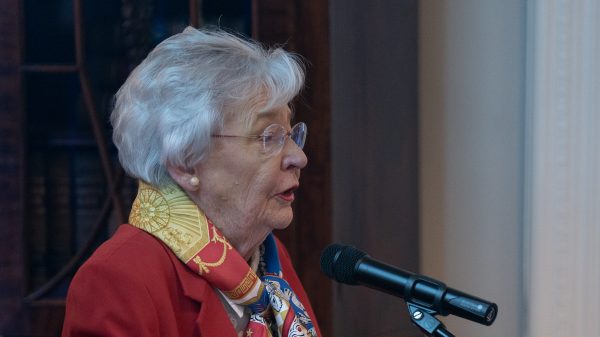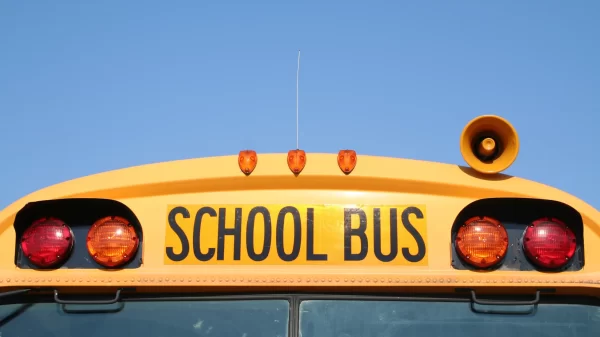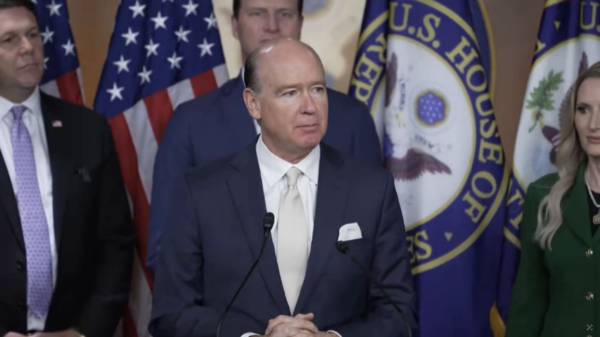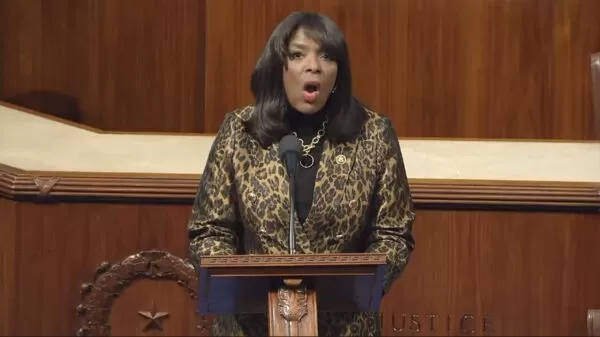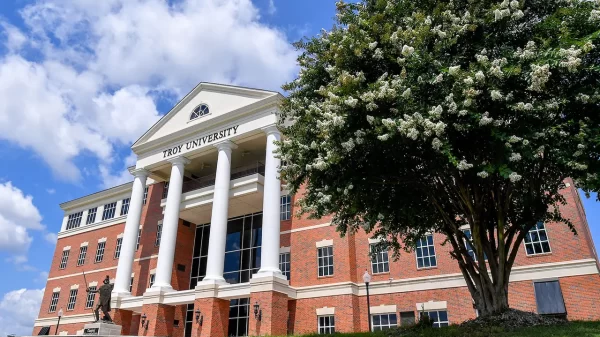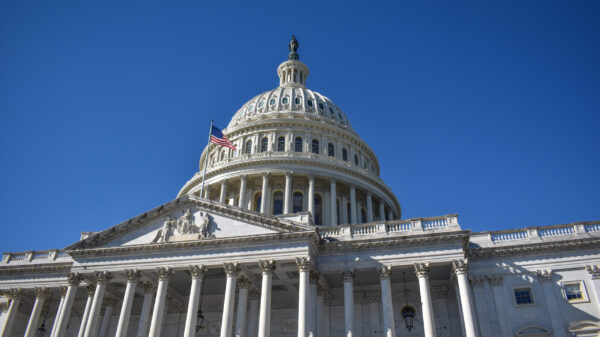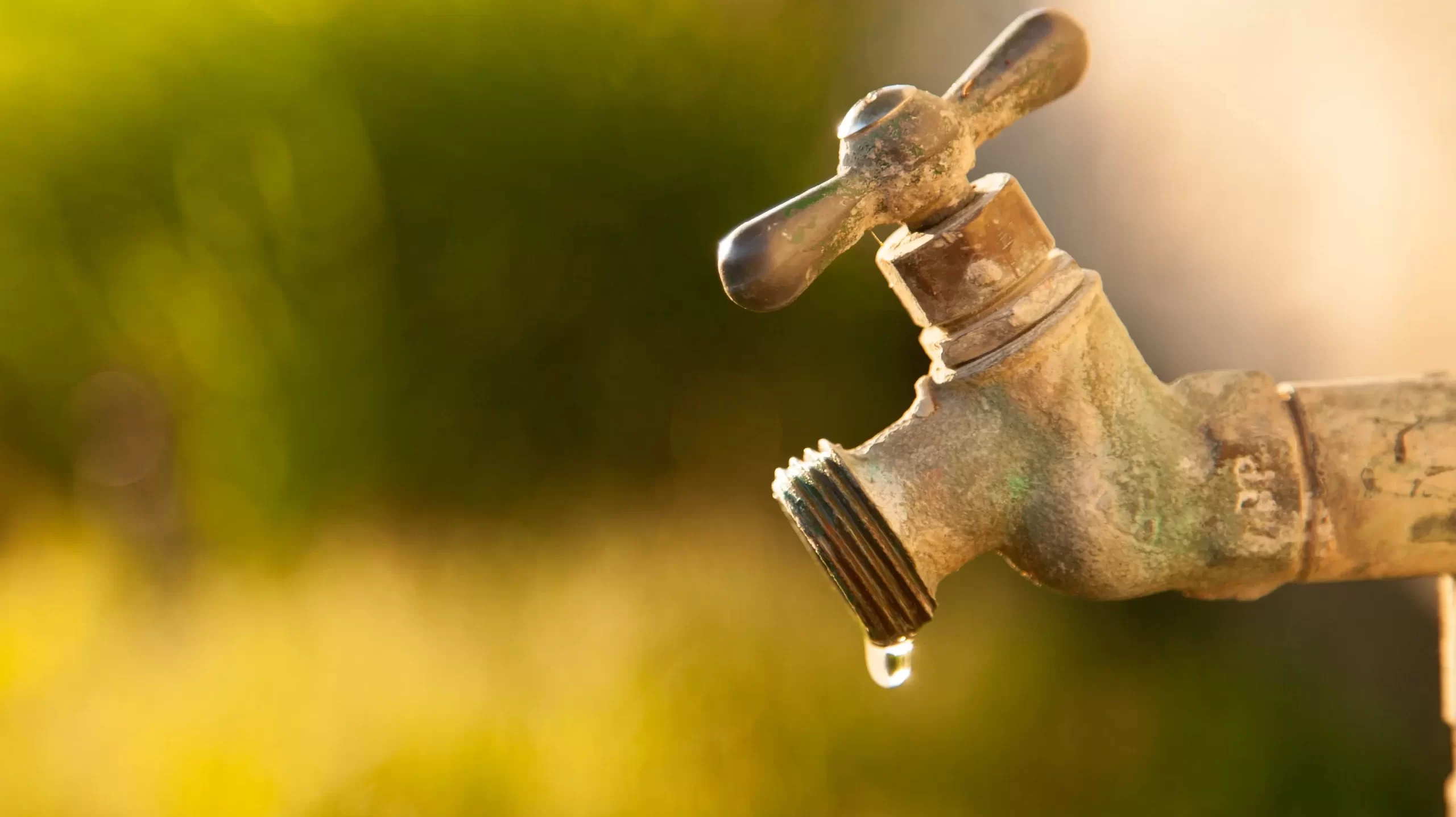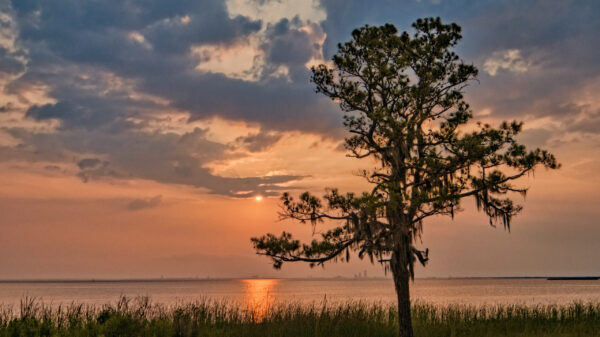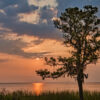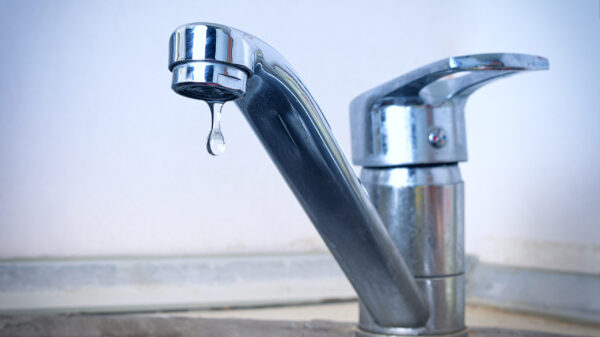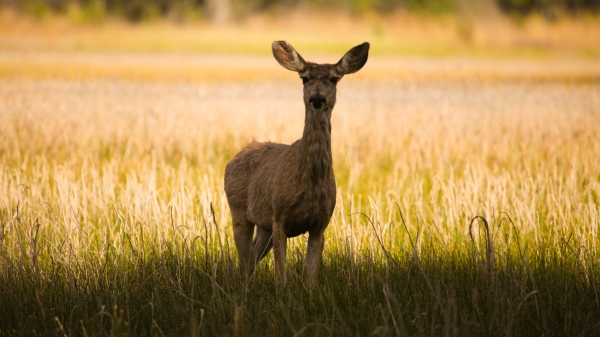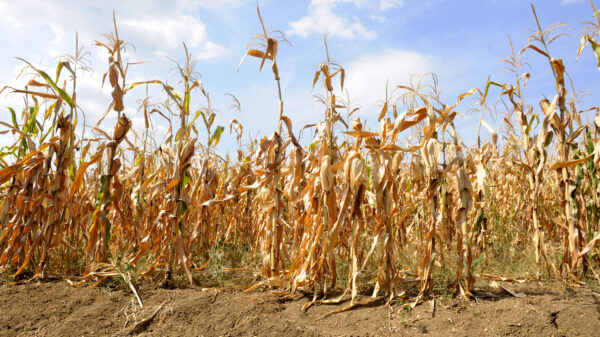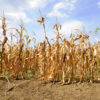The Alabama Drought Assessment and Planning Team discussed the persistence of dry conditions throughout the state during their Aug. 20 meeting.
Michael Harper, Senior Environmental Engineering Specialist at the Alabama Department of Economic and Community Affairs, opened the meeting with a report on recent precipitation.
Harper reported that in July, three out of ADECA’s four precipitation monitoring sites, those in Huntsville, Birmingham and Mobile, reported “a very beneficial surplus of rain.” Meanwhile, the Montgomery site reported below normal precipitation.
Harper relayed ADECA data showing how, overall, the state remained driest in the northwest with some locations at 25 to 50 percent of their normal precipitation.
“We definitely see the western two-thirds of the state really drying out in the last month with eastern portions of the state actually looking in pretty good shape from one month to the next.” Harper remarked.
Harper led the task force in discussing revisions made to the ADECA Drought Declaration, comparing them to the previous declaration released July 17.
Separating the state into 9 Drought Regions, the report ranks the severity of drought conditions on a scale ranging from No Drought Declaration, Drought Advisory, Drought Watch, Drought Warning and Drought Emergency.
In the revised report, Drought Monitoring Zone 4, made up of Calhoun, Chambers, Chilton, Clay, Cleburne, Coosa, Randolph, Talladega and Tallapoosa Counties, was downgraded from a Drought Watch to Drought Advisory.
Zone 9, made up of Baldwin and Mobile Counties was advanced to a Drought Advisory, previously having no Drought Declaration.
None of the zones are without some level of Drought Declaration. Zones 1, 2 and 3, making up the northern and west central portions of the state, remained under a Drought Watch, while the southern zones are under a Drought Advisory.
The revised declaration was released on the ADECA website August 21.
Harper reported that, of ADECA’s four monitoring stations, only Birmingham showed a significant deficit of accumulated precipitation for the year, showing 8.78 inches less than normal levels.
According to Harper, however, the normal or close to normal levels reported by the other stations did not necessarily indicate the state is free from abnormally dry conditions.
“While we’re seeing relatively normal totals here today it’s not really a good indication of conditions because a lot of this rain fell earlier in the year, and we’ve been kind of in deficit ever since,” Harper said.
Harper also remarked that the benefits of July’s influx in rainfall have been scattered, saying, “In the spotty areas that have received above normal, in some instances you’ve got an area that’s right next to them that are showing below normal.”
The team reviewed the latest U.S. Drought Monitor data regarding Alabama, with Harper reporting areas already under D1 or moderate drought conditions are expected to remain the same through November.
Alabama Forestry Commission Fire Operations Chief Balsie Butler discussed the recent climate’s effects on a statewide outbreak of southern pine beetles.
Butler said this year’s high temperatures and low precipitation have been contributing factors in the outbreak, which has been particularly damaging in the northwestern and southwestern portions of the state.
“This is the highest number of pine beetle infestations we’ve had since 2001,” said Butler.
Butler said that, while pine trees can usually protect themselves against the beetles in low numbers, this year’s growth in population has led to more widespread damage.
“This year the numbers have been really, really high for southern pine beetle, and, when those numbers explode like that, it’s really difficult for the tree to fight off that many beetles, and we’re seeing that across the state. Like I said, we’re heading towards record numbers this year,” Butler said.
Butler also led the meeting in a discussion of wildfires, reporting from July 15 to April 19 Alabama saw 66 fires that burned 700 acres of land.
Butler remarked that fires had been down thanks to July’s rainfall, however, with only one larger than 100 acres burning 321 acres of land.
Butler reported that in 2024, overall, Alabama has seen 1,011 fires burn 24,750 acres of land as compared to the 1,804 fires that burnt 21,971 acres last year.
Associate State Climatologist, Lee Ellenburg, gave reports on soil moisture levels throughout the state.
Ellenburg said that while July rainfall had been beneficial for some areas of the state, the last 21 days had seen a return to dry conditions.
“Most gauges that we have or soil moisture probes that we have we’re showing that we’re right back to where we were at the end of June so that, what great reprieve that was, we have dried back out just as rapidly,” said Ellenburg.








